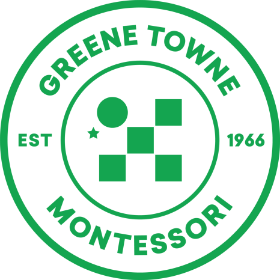Settling in to 55 N. 22nd Street
Taking a step back to observe this morning, I see people sewing, chatting, building, drawing, carrying a chair with care, washing dishes together, laughing, snacking, pondering, relaxing, reading, and sharing. It’s a beautiful busy hum. I see seeds that were planted as lessons many weeks ago coming to life, new understanding unfolding as children repeat […]
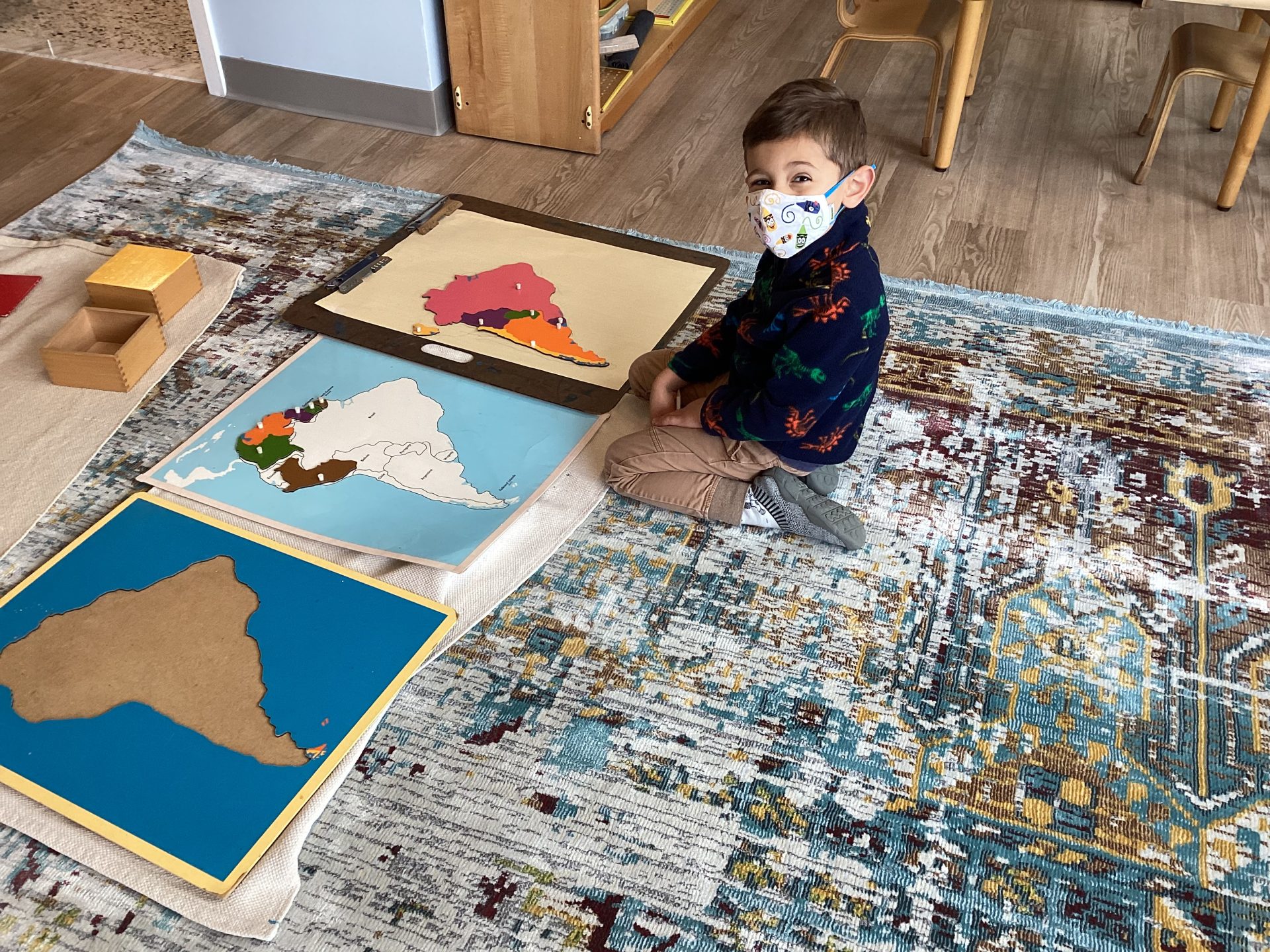
Taking a step back to observe this morning, I see people sewing, chatting, building, drawing, carrying a chair with care, washing dishes together, laughing, snacking, pondering, relaxing, reading, and sharing. It’s a beautiful busy hum. I see seeds that were planted as lessons many weeks ago coming to life, new understanding unfolding as children repeat and practice.
We are all still getting used to the new space, relearning where things belong, and eagerly awaiting the day when we can greet a brand new play deck. But the fresh and vibrant backdrop of Greene Towne’s new home holds us in a happy place of new beginnings.
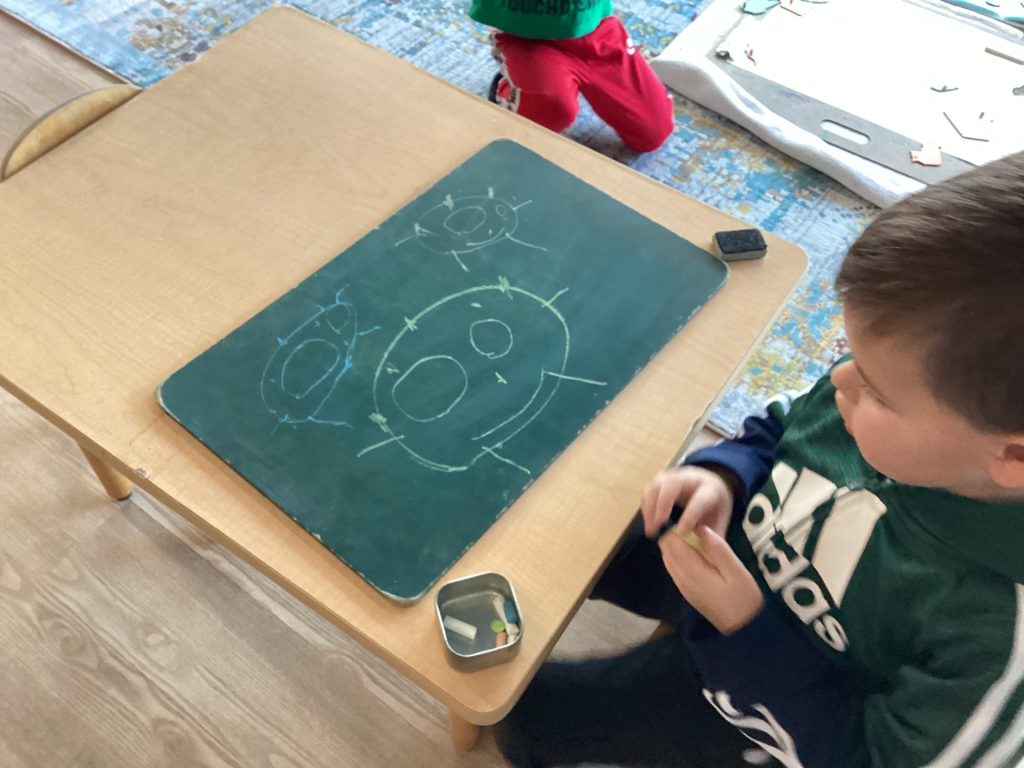
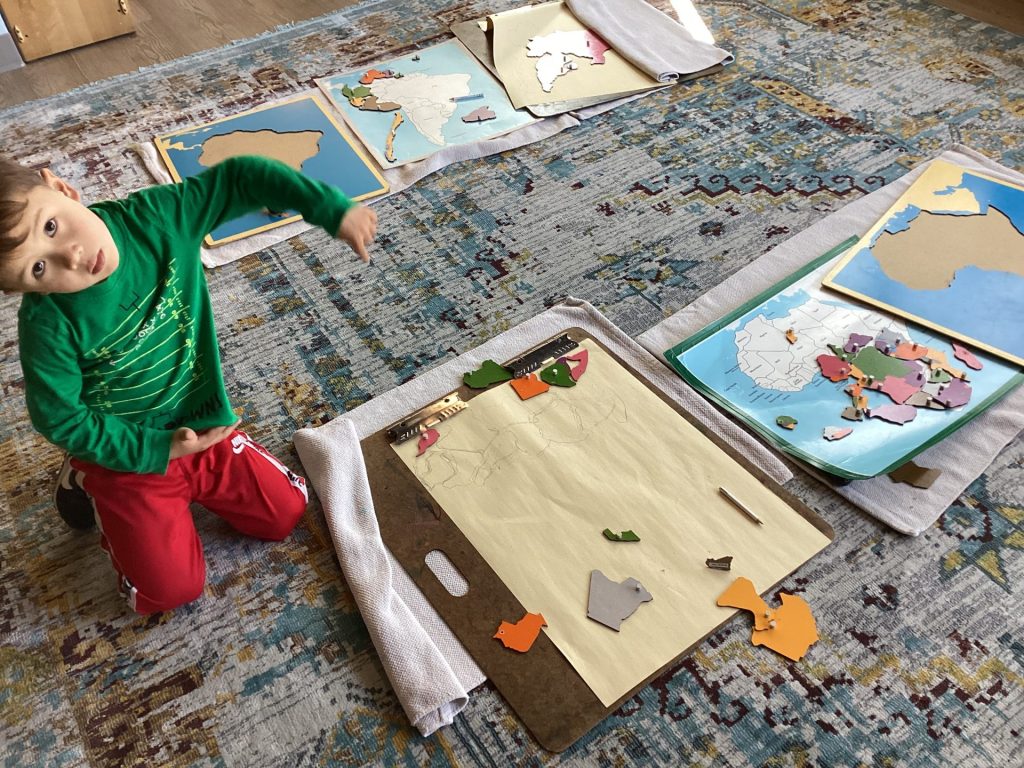
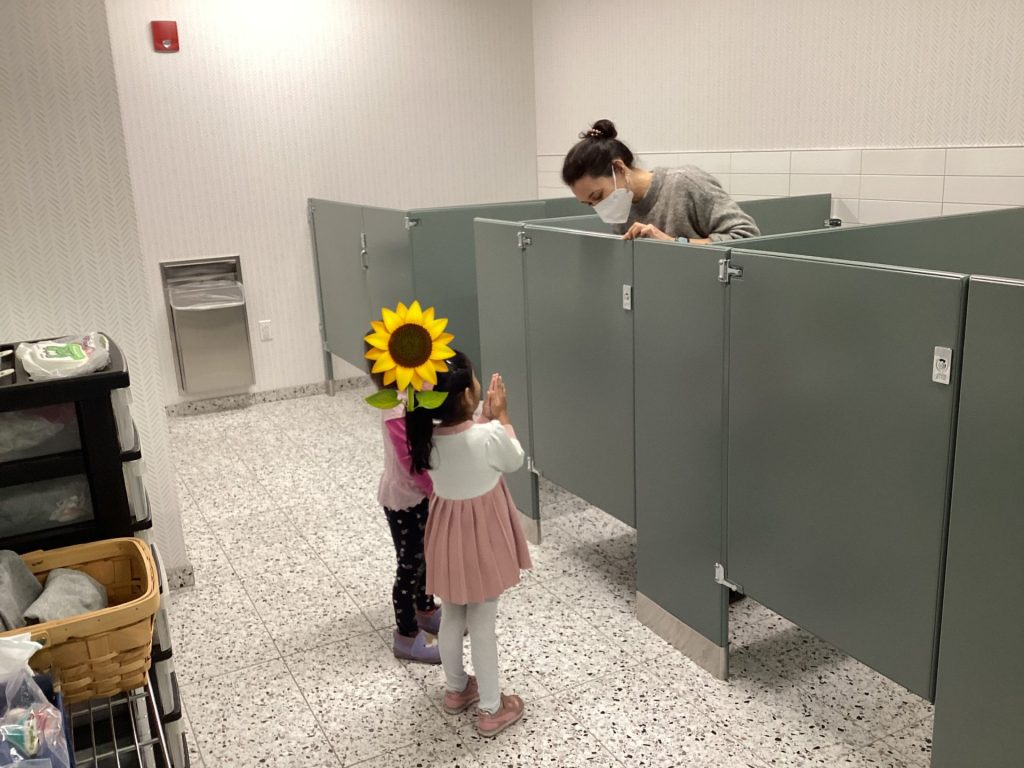
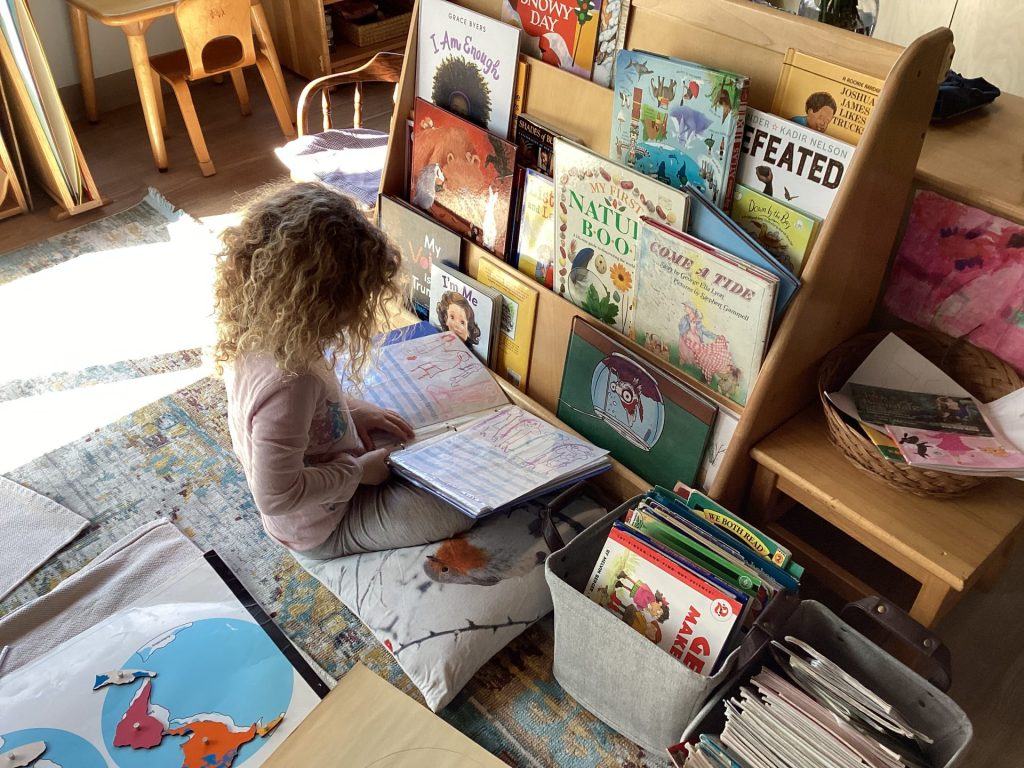
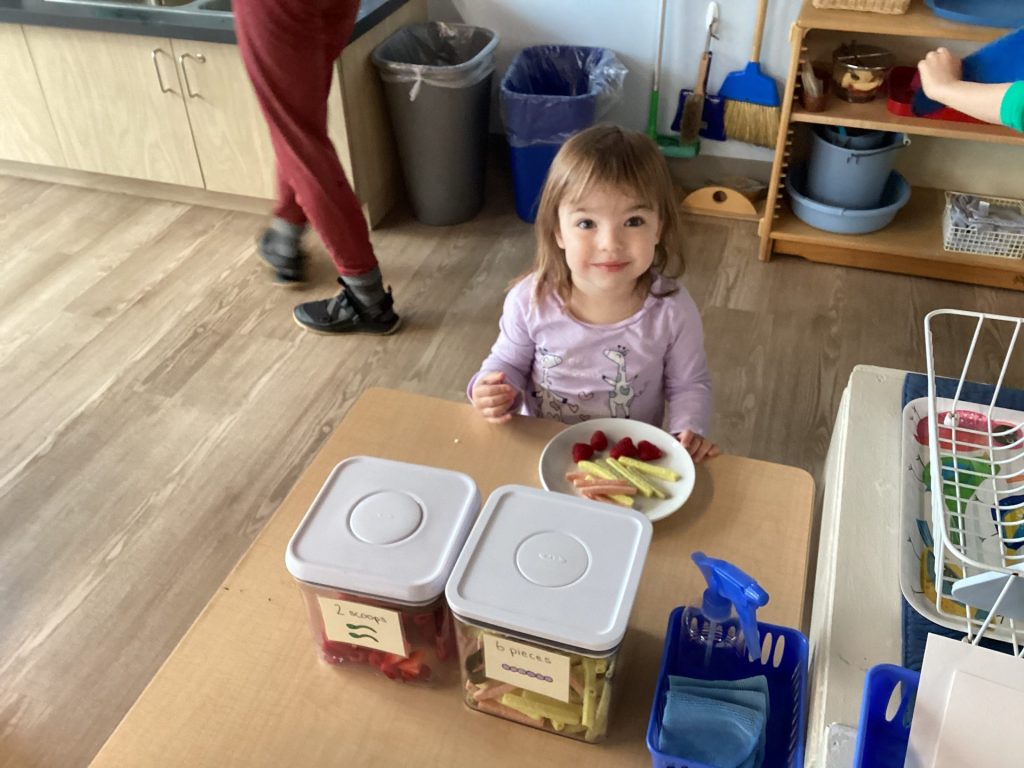
Visitors often remark on the peaceful cooperativeness and understanding of boundaries that children exhibit in our Montessori classroom. In her book, The Hidden Hinge: Self-development in Early Childhood the Montessori Way, Rosa Covington Packard gives examples of how Montessori guides use thoughtful communication to convey limits with respect and rapport.
Here are 10 ways to use “The Language of Limits” that I hope you may find useful at home:
- Be objective, not personal, in your instructions: “Books go in the bookcase.” rather than, “I want you to be sure to keep your books in the bookcase.”
- Be positive, not negative: “Use the tricycle – it is your size,” rather than, “You are too little to ride the bike.”
- Give the social reason for the rules rather than flat authority: “Hang up the coat so that others will not trip on it,” rather than, “Hang it up.”
- Give solutions to a problem rather than mere prohibitions, such as, “Please move to this side of the table, John, so that Mary will be able to see,” instead of “Don’t stand in Mary’s way, John.”
- Be specific. Give concrete information using concrete names and commands: “If you hold the card by its edges, it will stay clean,” rather than, “Don’t mess up the cards.”
- Match objects and actions to your words: “Trays (pause and show) are held in the middle (pause and show) near your wrist (pause and show), rather than merely, “Do it this way.”
- Give awareness of consequences: “Hitting hurts Peter,” rather than merely, “Don’t hit Peter.”
- Act as an individual to defend the common law in a specific instance: “I will not let you hurt Aiden with a stick,” rather than, “We don’t hurt people.”
- Recognize the validity of emotions when you limit destructive actions:
- “I know you are angry but you may not hurt Marta,” rather than, “Why did you hurt Marta? She is your friend.”
- “I know you are afraid but you must have the scratch cleaned,” rather than, “You are a big girl and that little scratch doesn’t hurt.”
- “I know you don’t want to wear your shoes but you must protect your feet when you walk on city sidewalks,” rather than, “You don’t want to get your feet all dirty and hurt, do you?”
- Use simple and scrupulously courteous manners to children and other adults: “Good morning, Teo, I am glad to see you (hand offered and withdrawn, if not taken)” rather than, “Can you say good morning to me, Teo, and shake my hand?”
- “Thank you, Aunt Jane, for remembering Emma’s birthday,” rather than, “What do you say to Aunt Jane?”
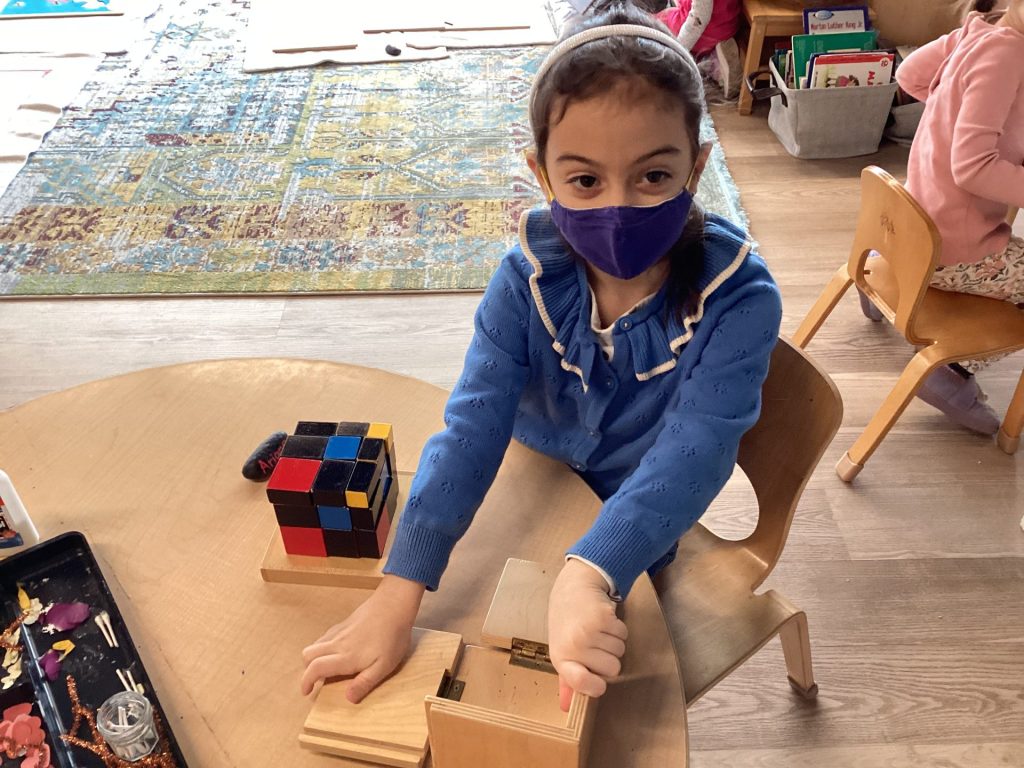
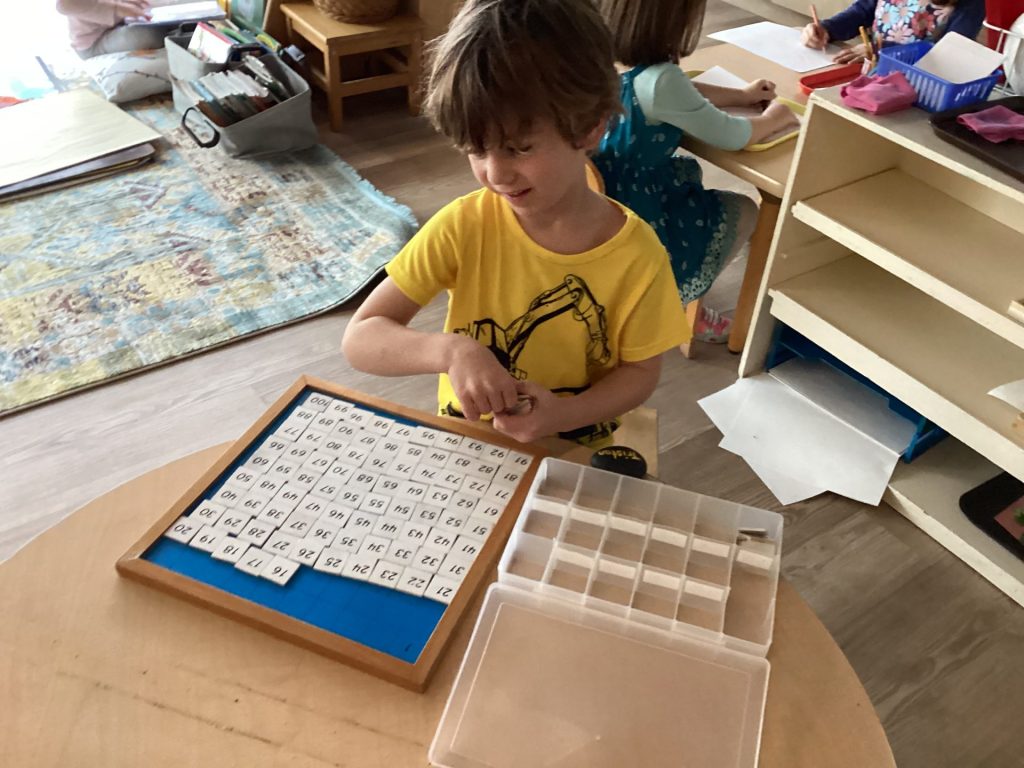
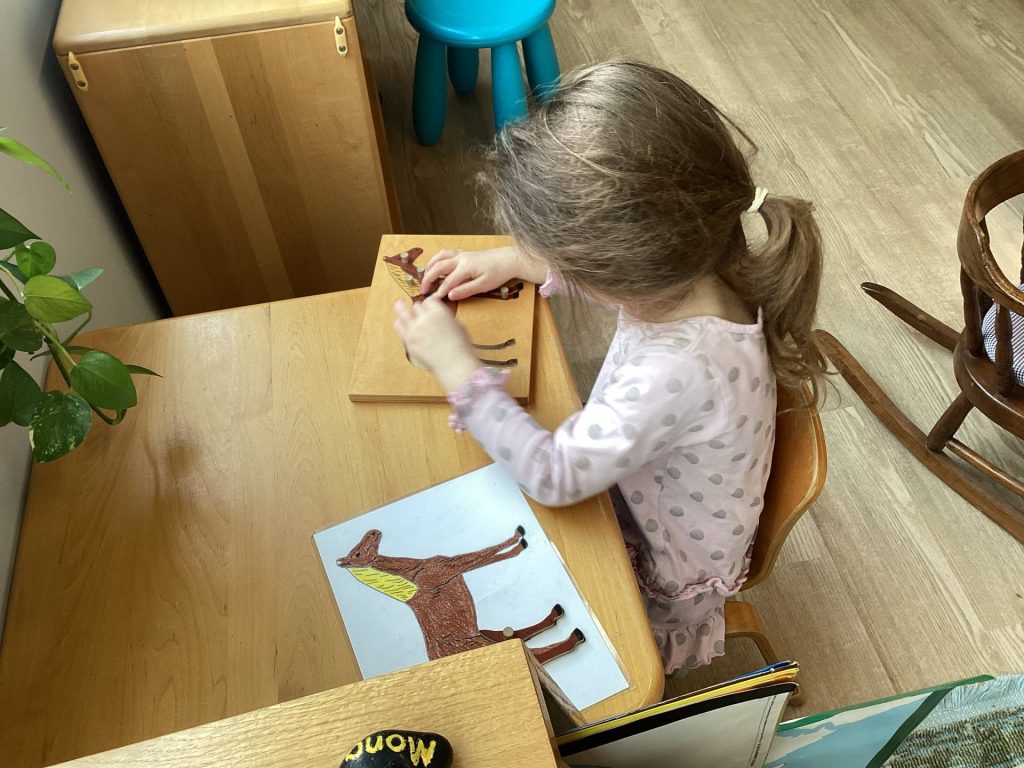
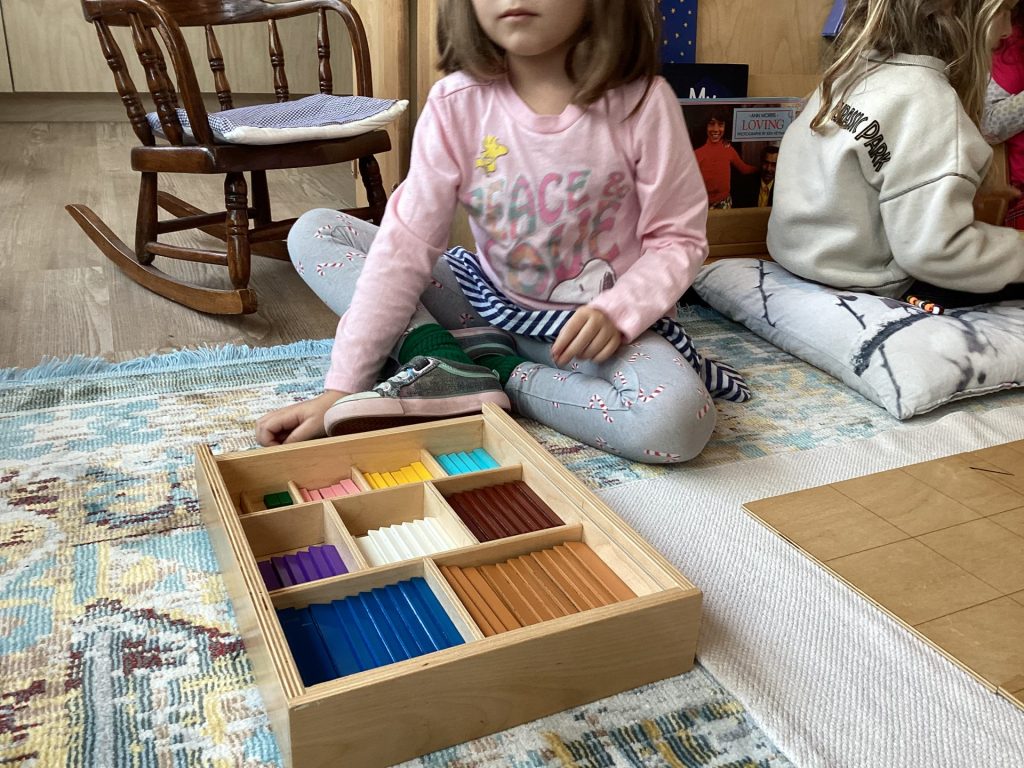
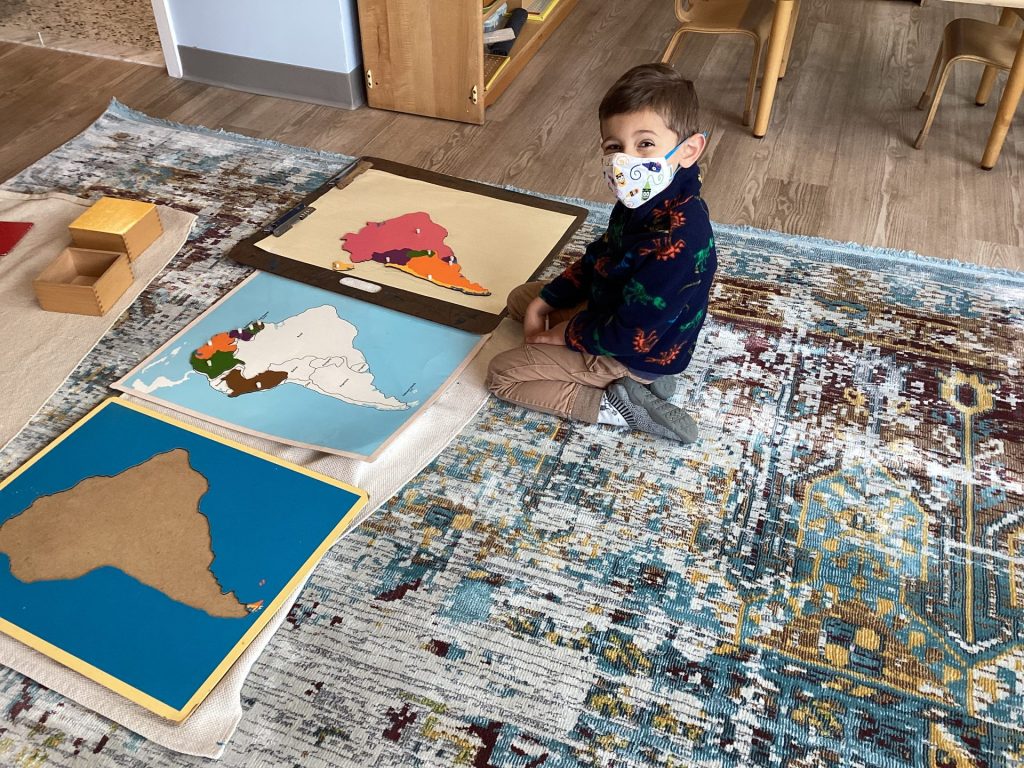
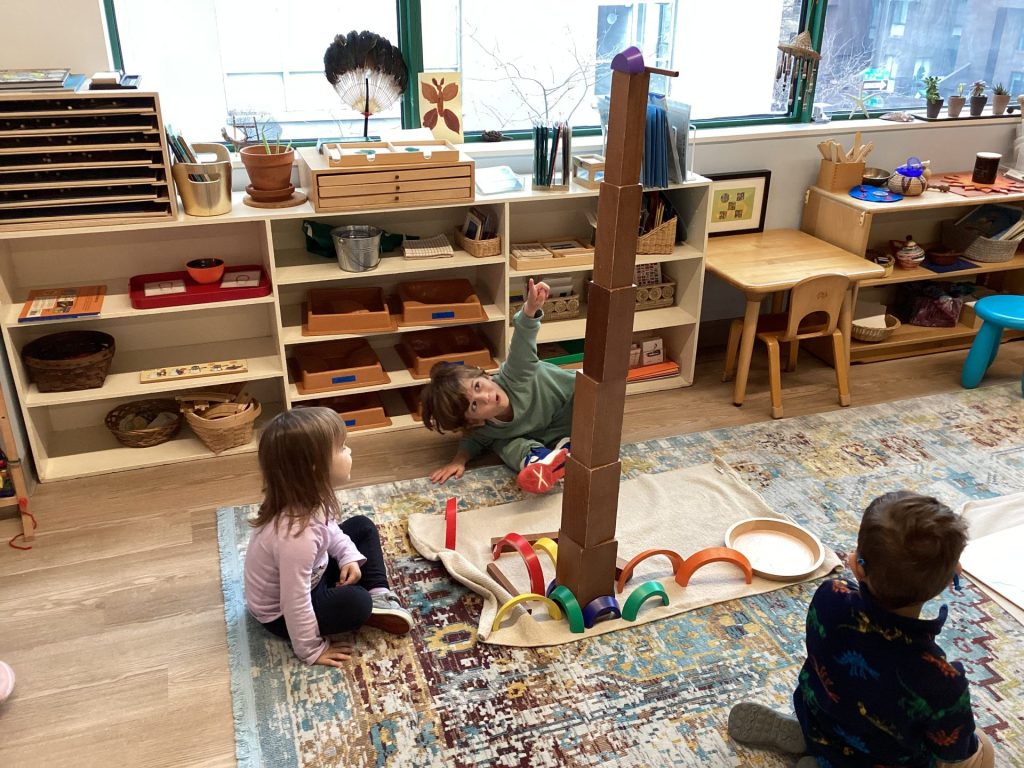
Other techniques that Montessori guides often use that can also help you to keep your statements actionable are these:
- Give a child a choice only if they truly have one. Only use the words, ” Would you like to…” when you are willing to have them say, “No.” Otherwise, say, “Please do this now.”
- Give one verbal instruction at a time to a child. The youngest child cannot follow a sequence of commands.
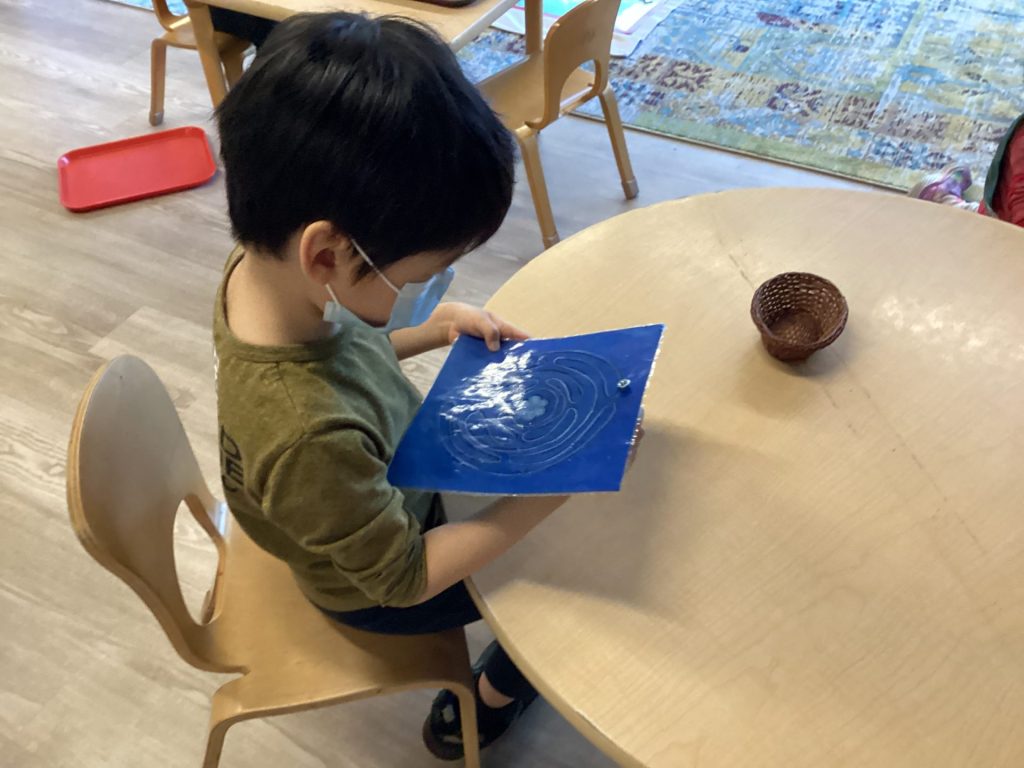
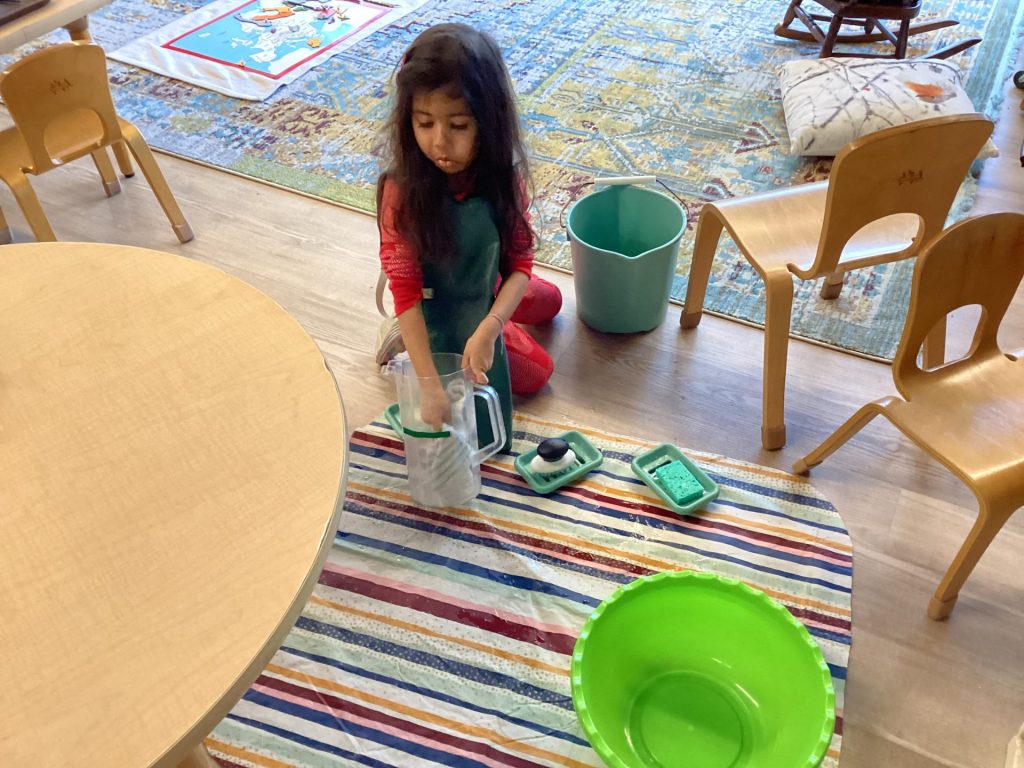
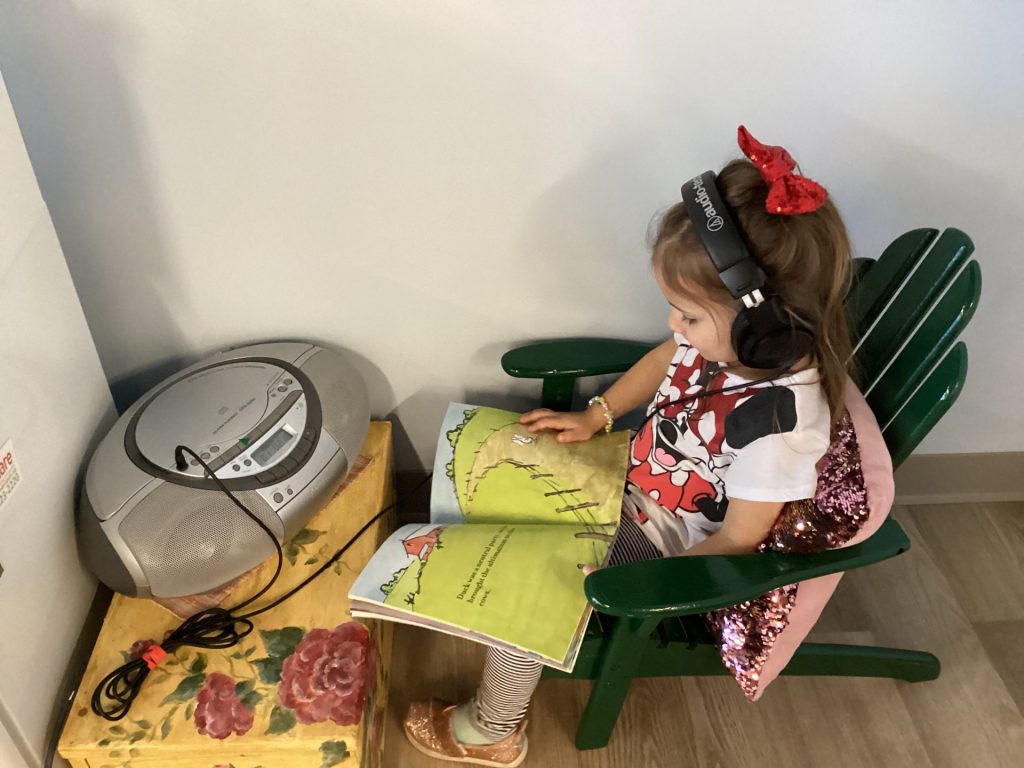
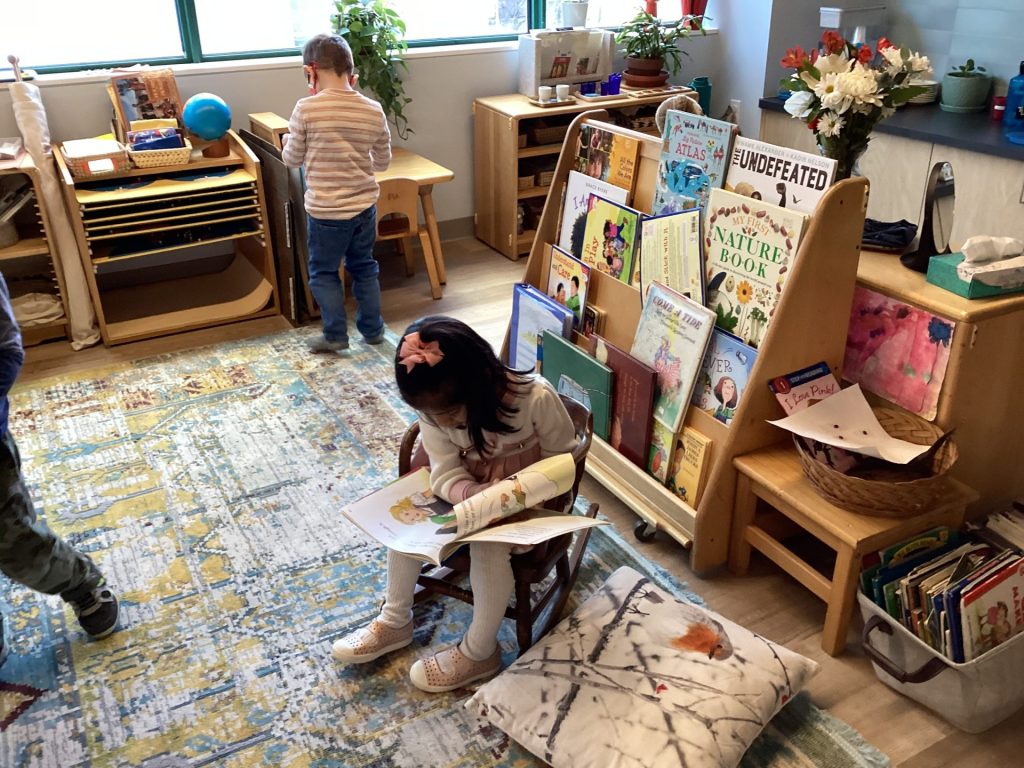
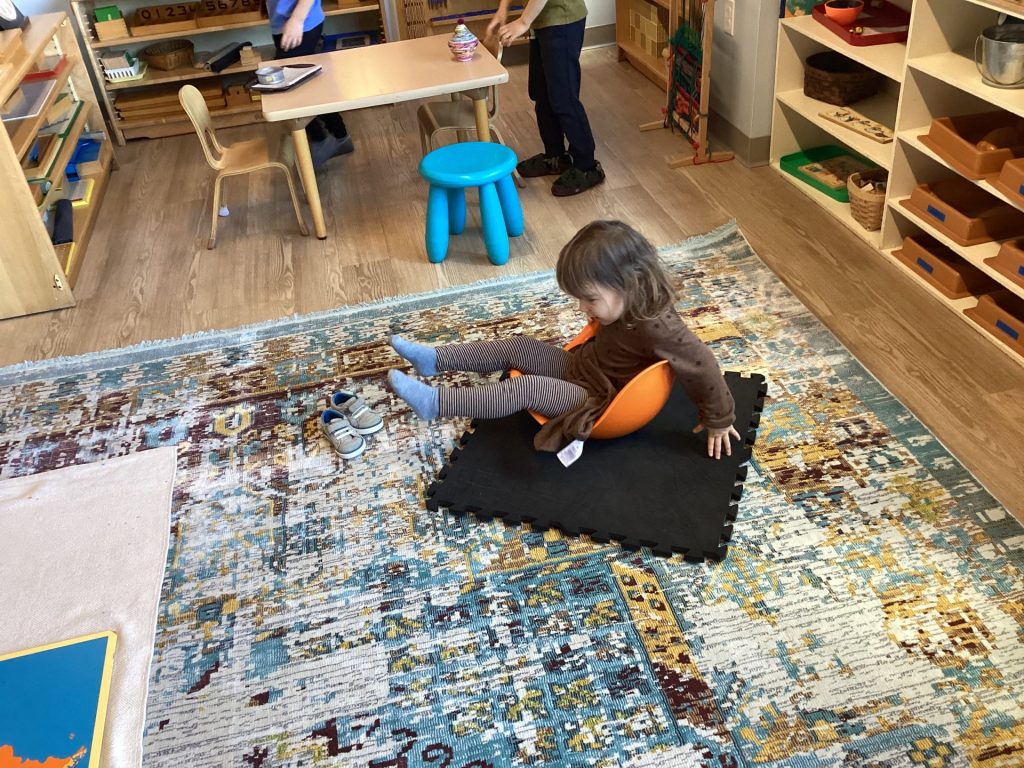

I hope to see many of you at our open house on March 11th. (Please find the details in the recent bulletin and please do share the information with friends so that they can register online to attend and see our school, too!) It will be so wonderful to gather together as a community under our new roof.
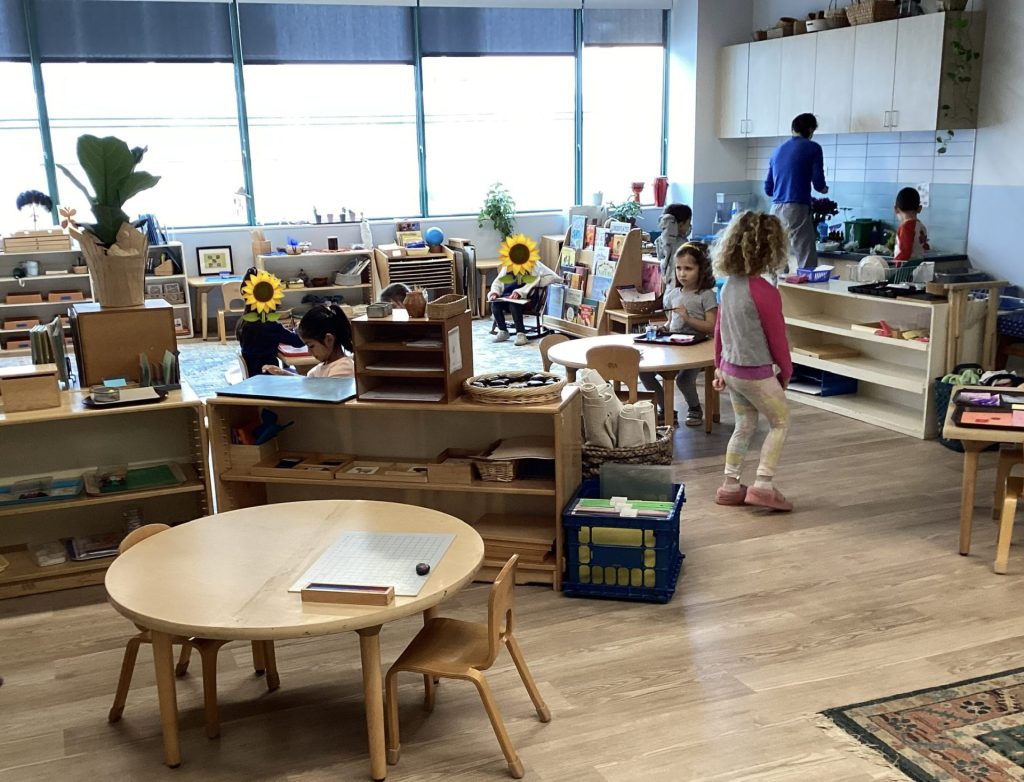
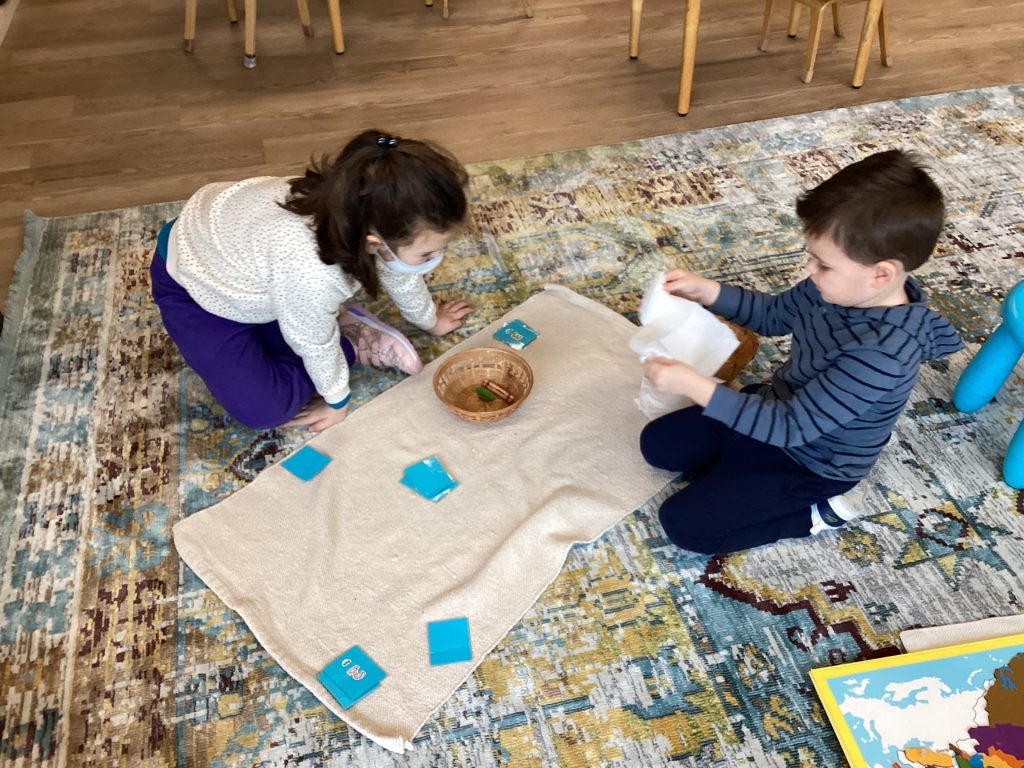
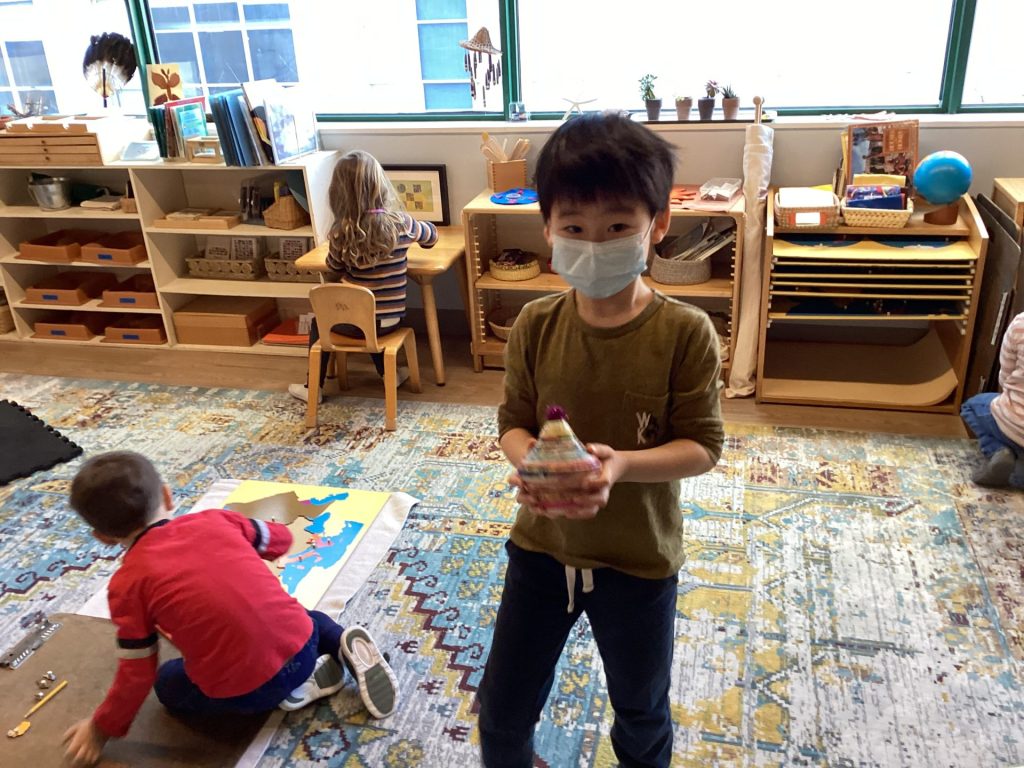
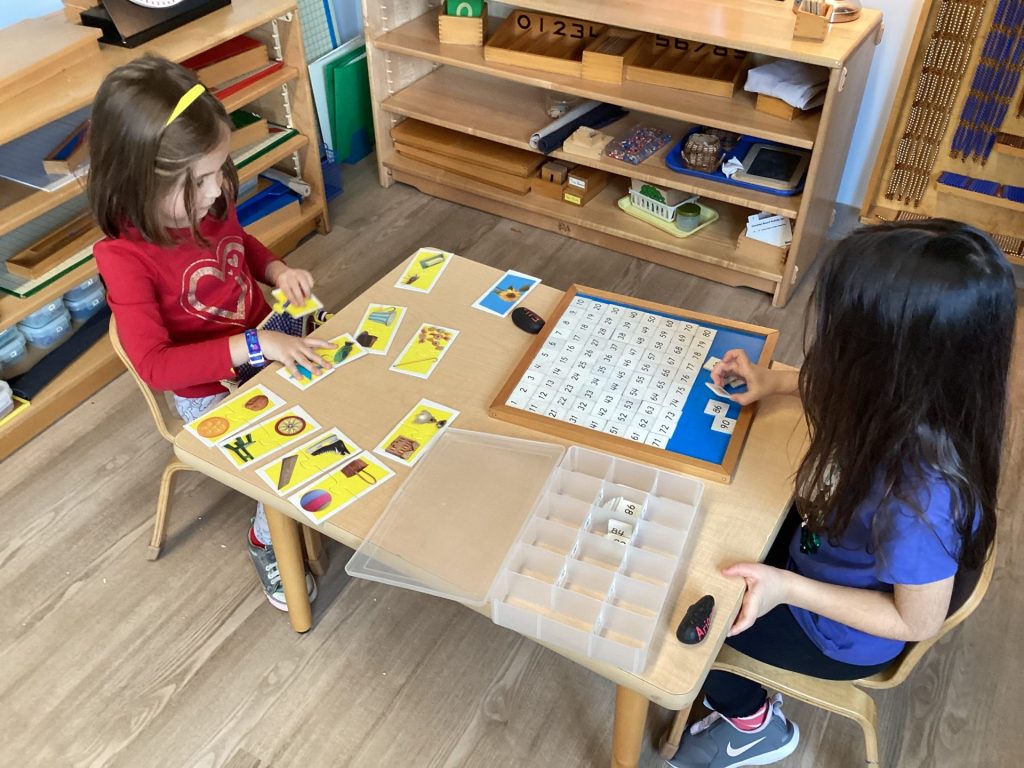
The Hundred Board
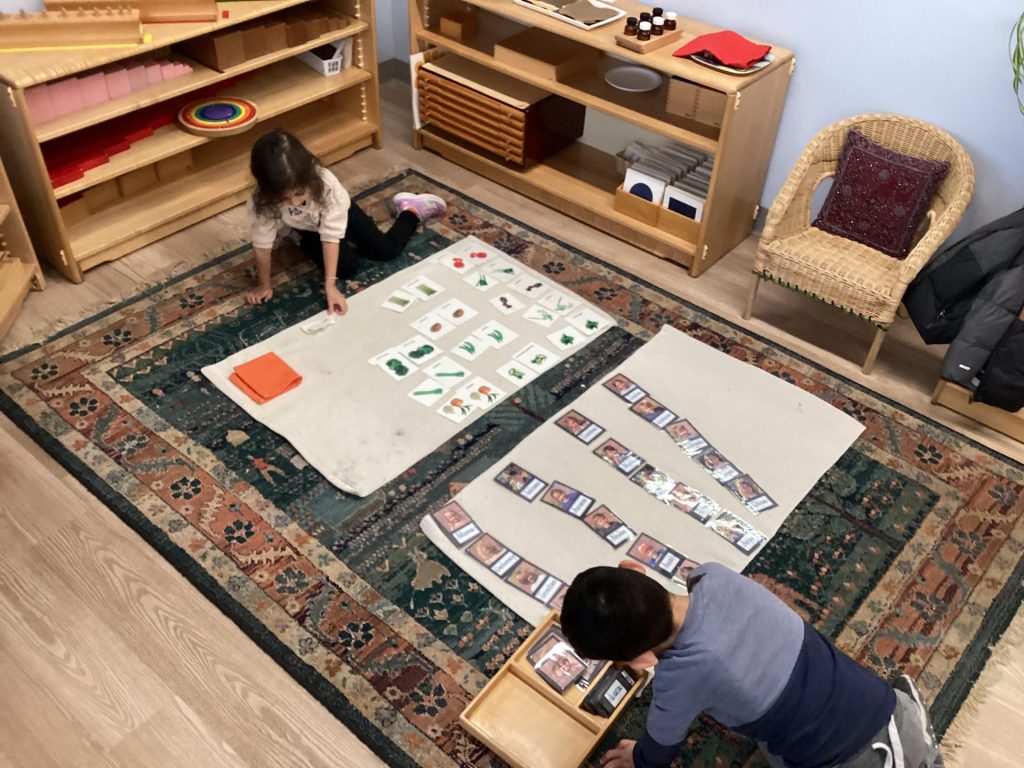
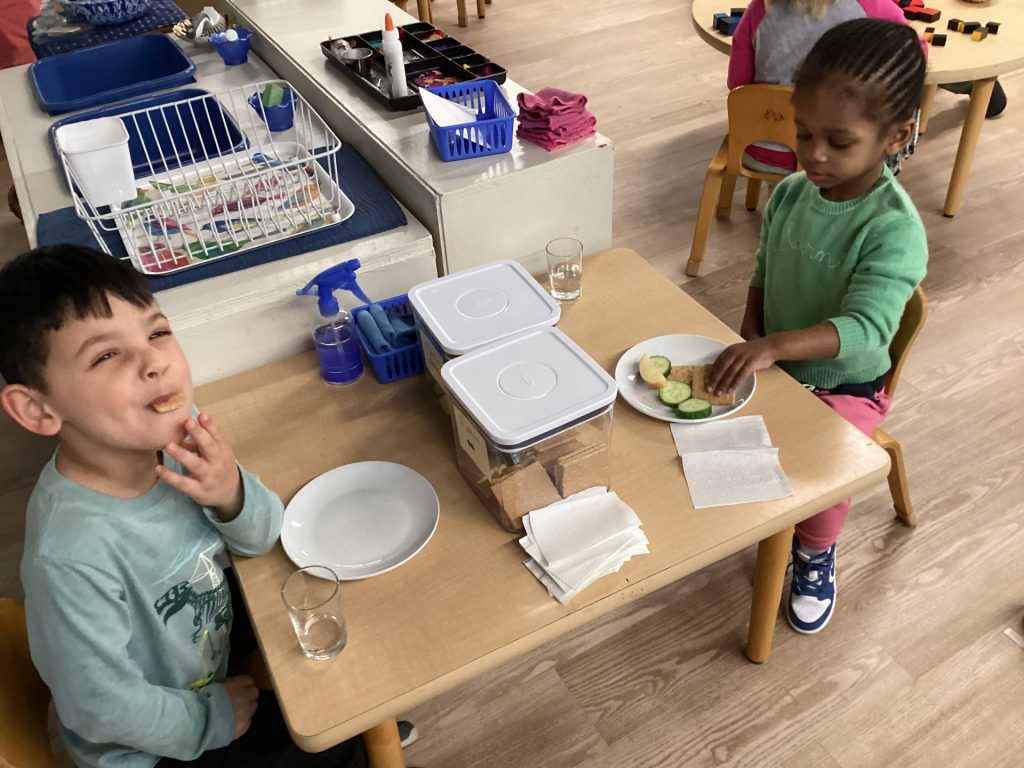
It may be that a few days away and now a new setting has given the children renewed energy for their work – they have been doing so much these past two weeks! Please enjoy the pictures.
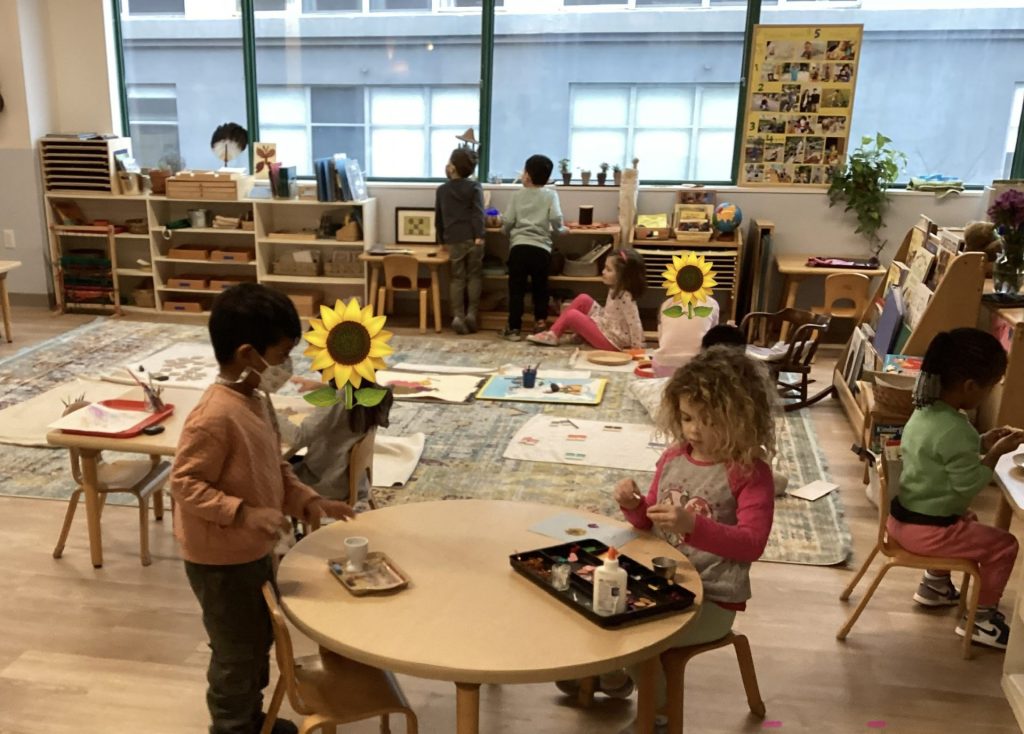
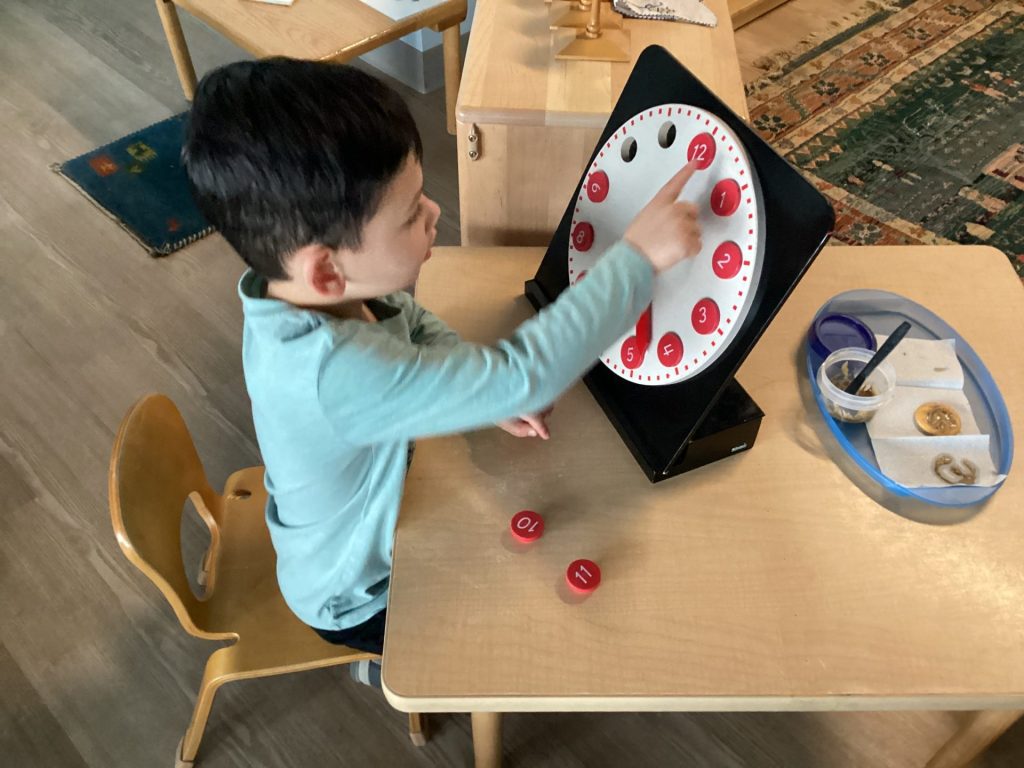
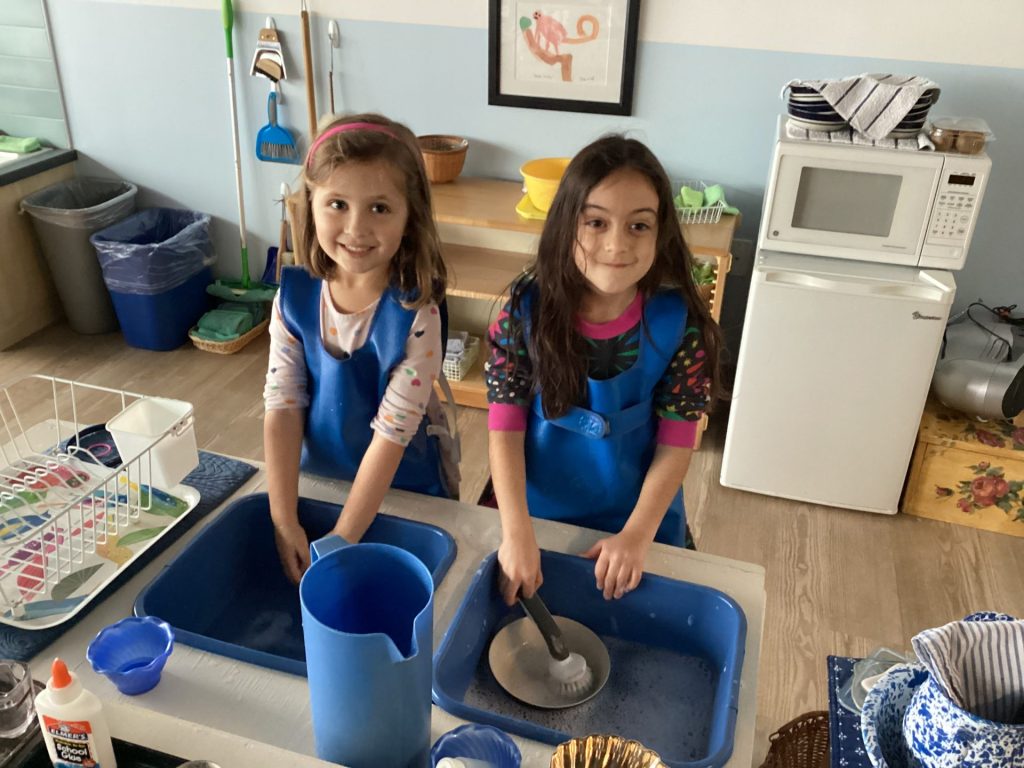
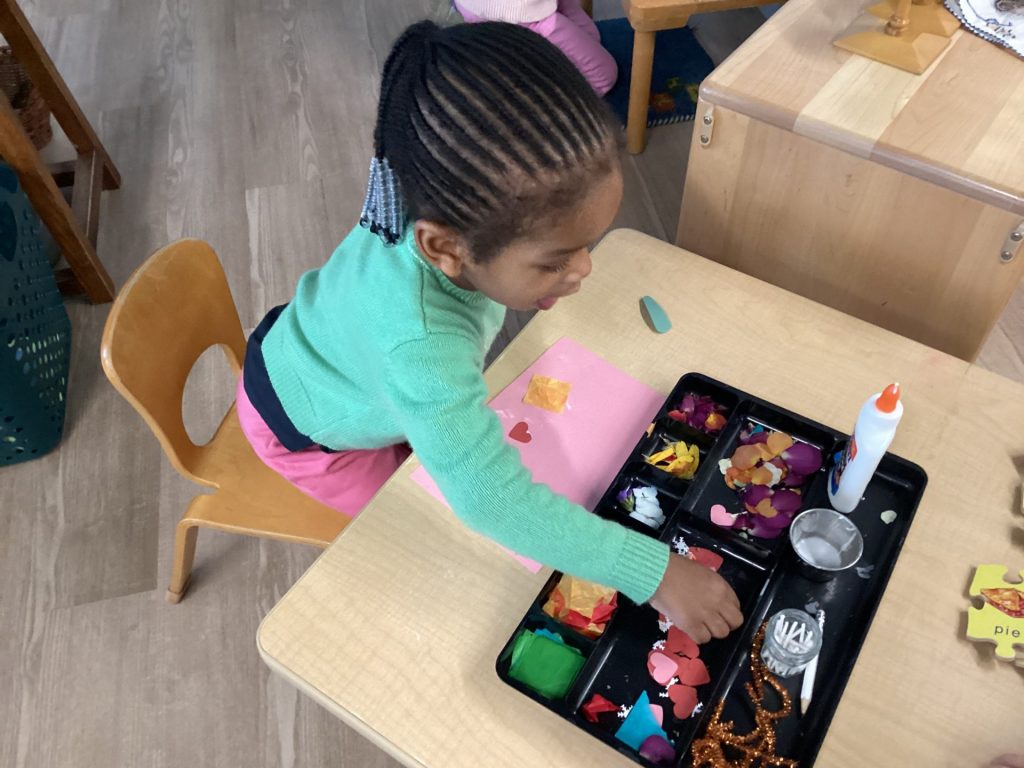
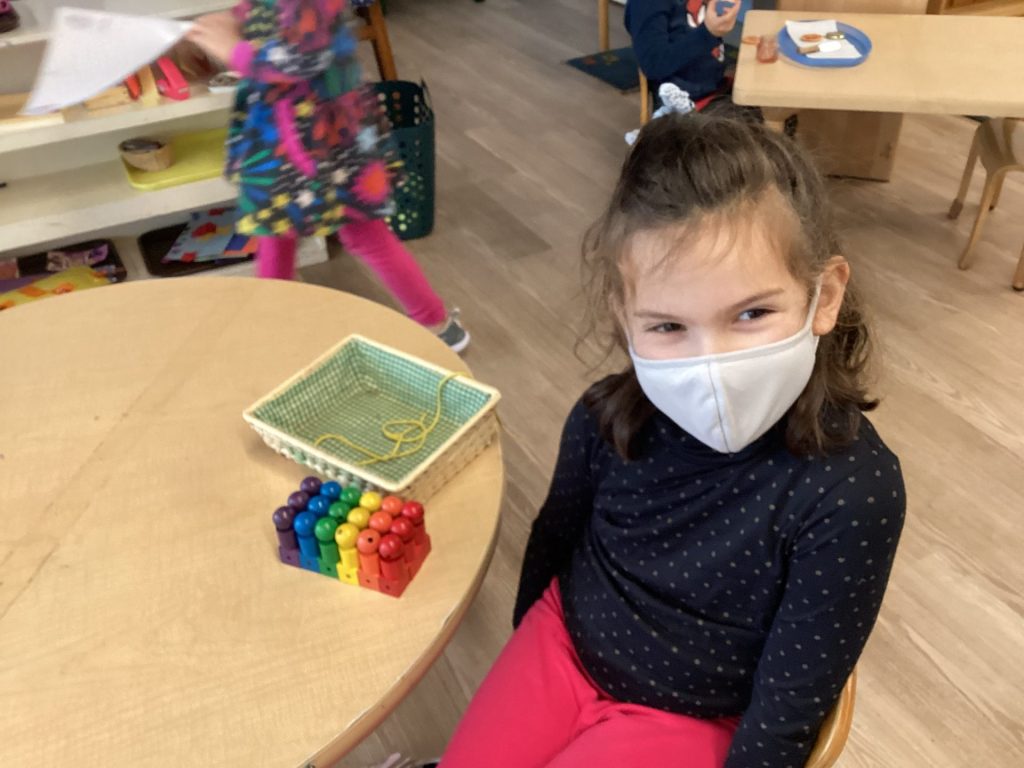
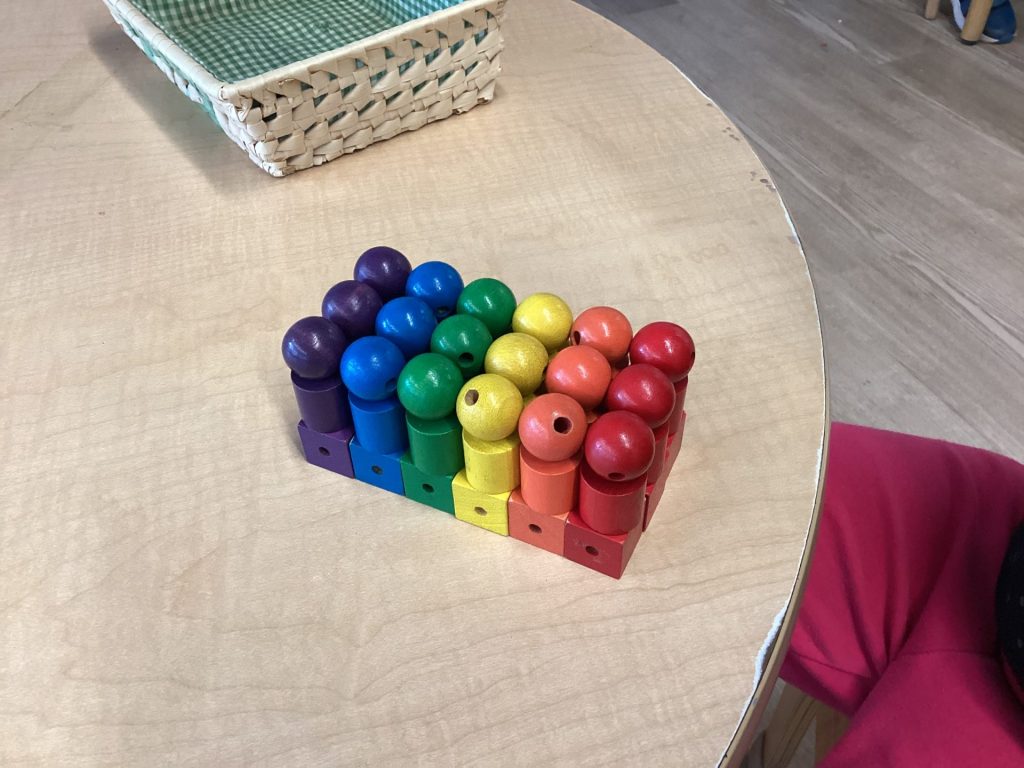
With love and appreciation,
Katie Brown
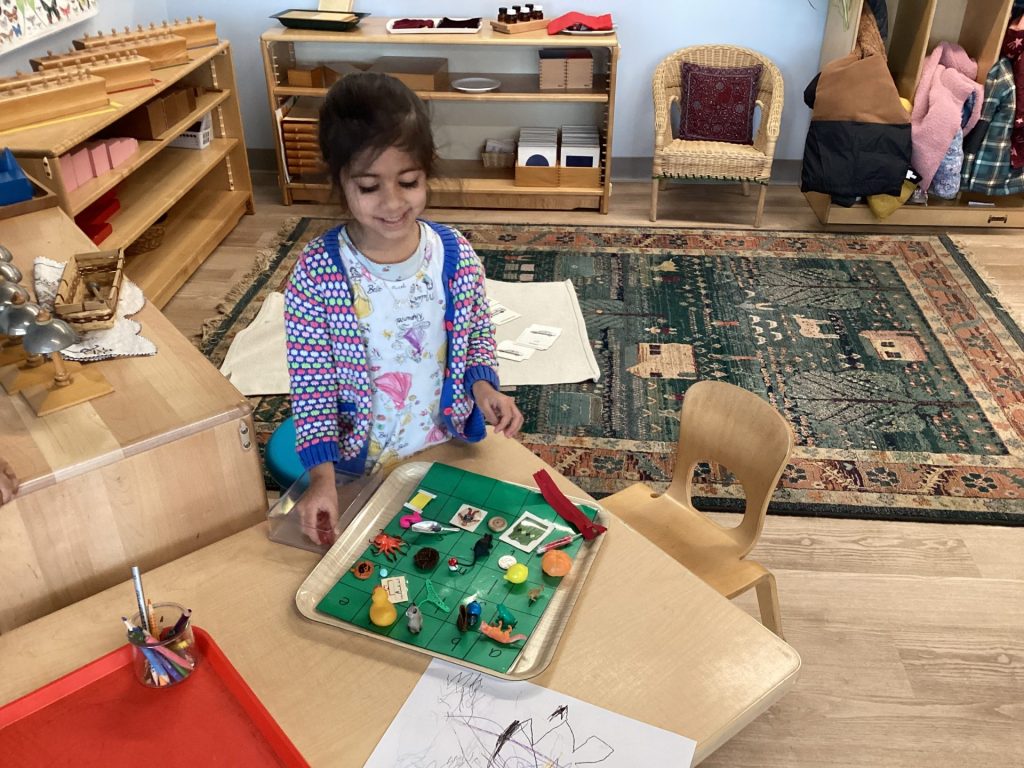
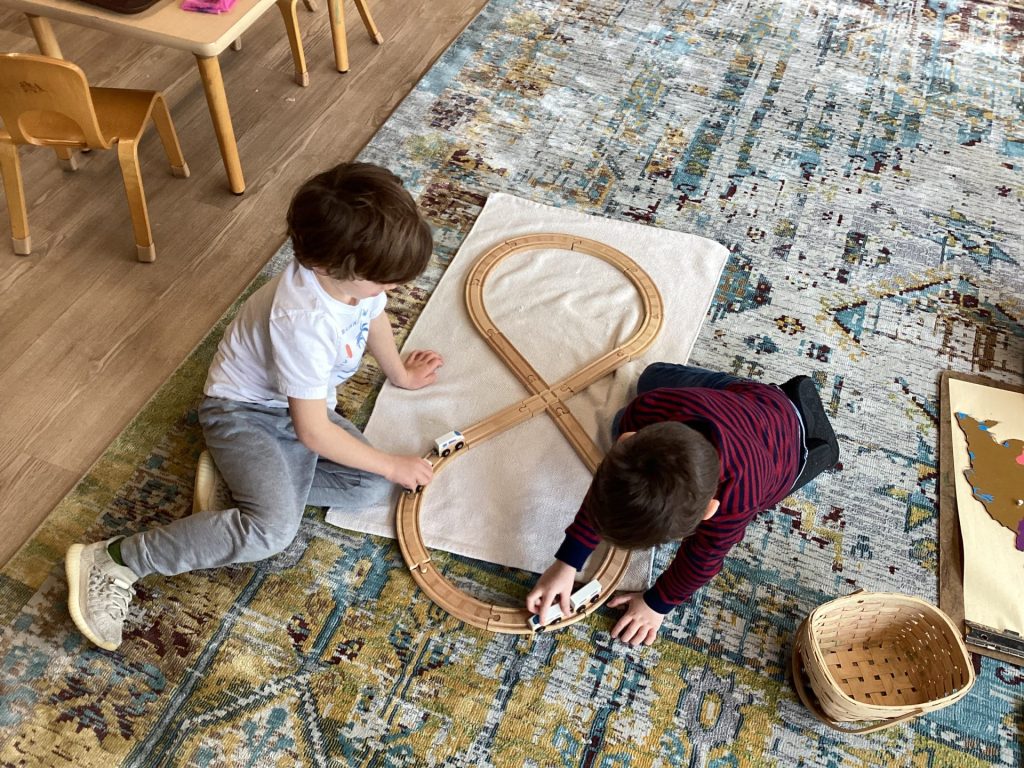
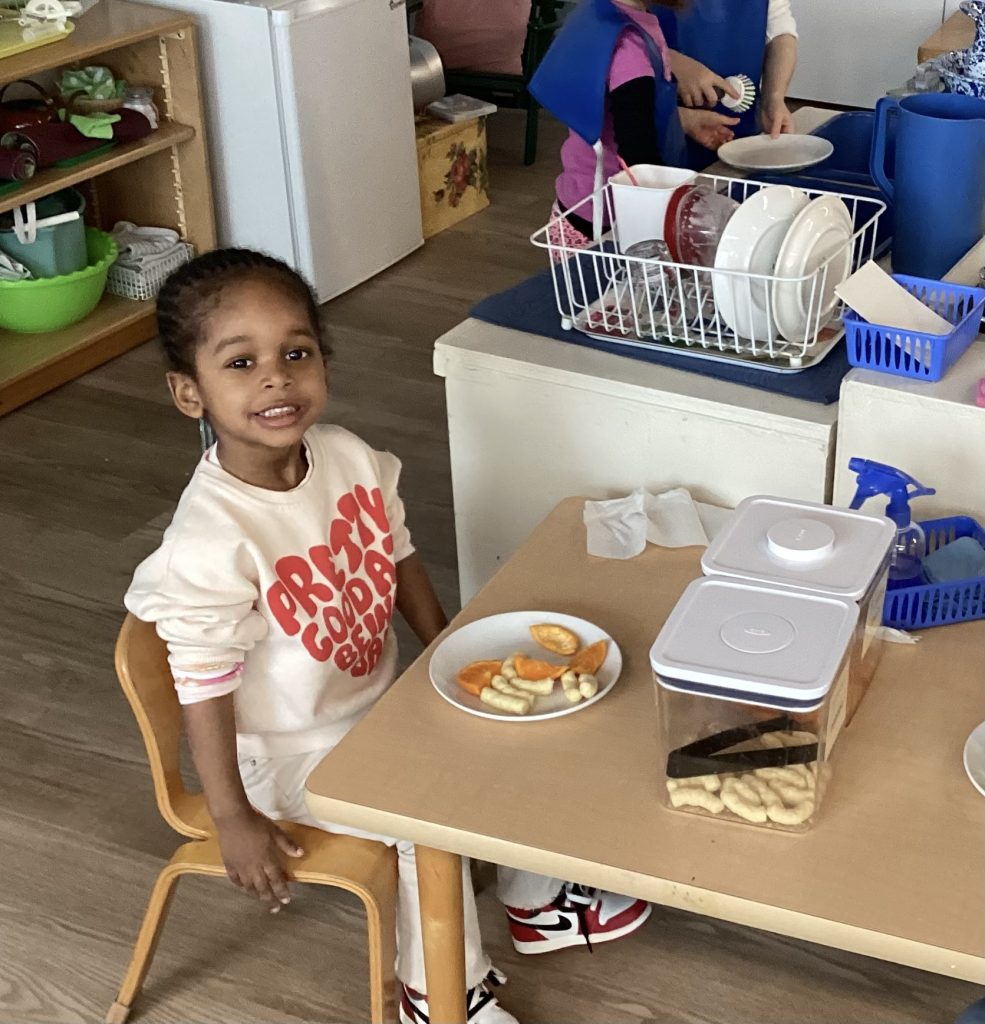
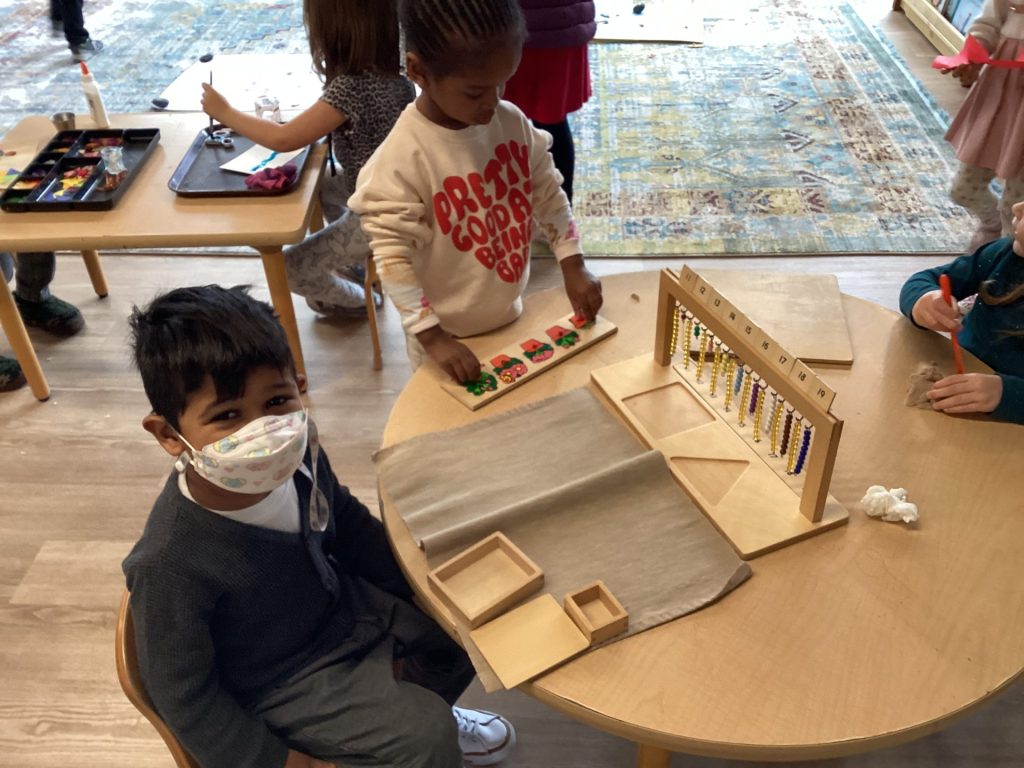



with a theme of sprinkling kindness around like colorful sprinkles on a donut!
